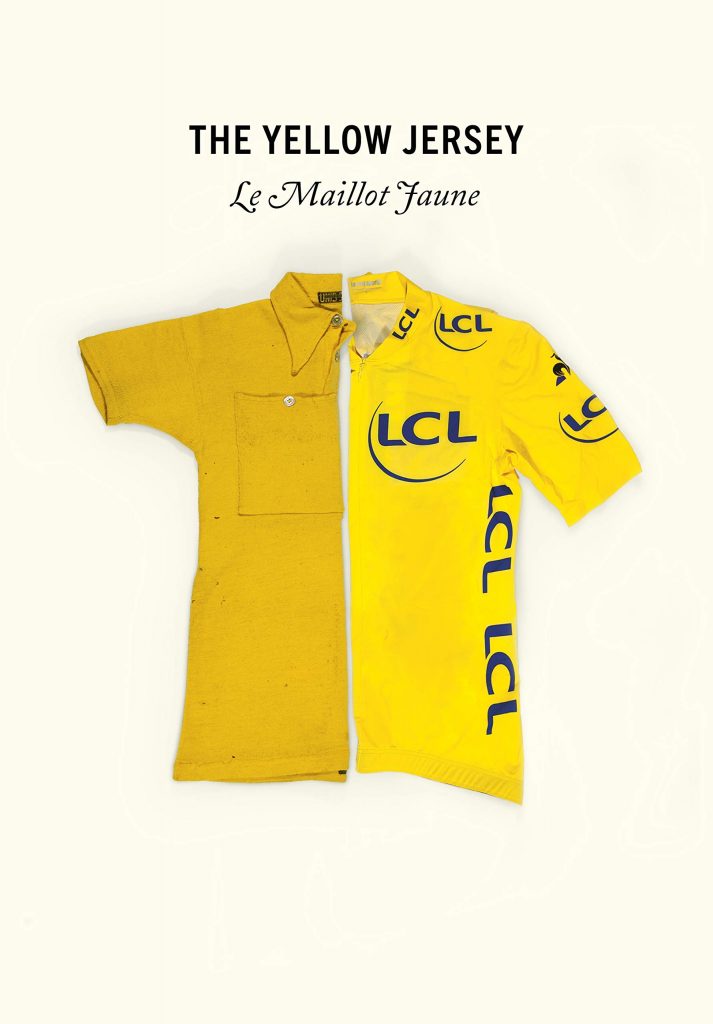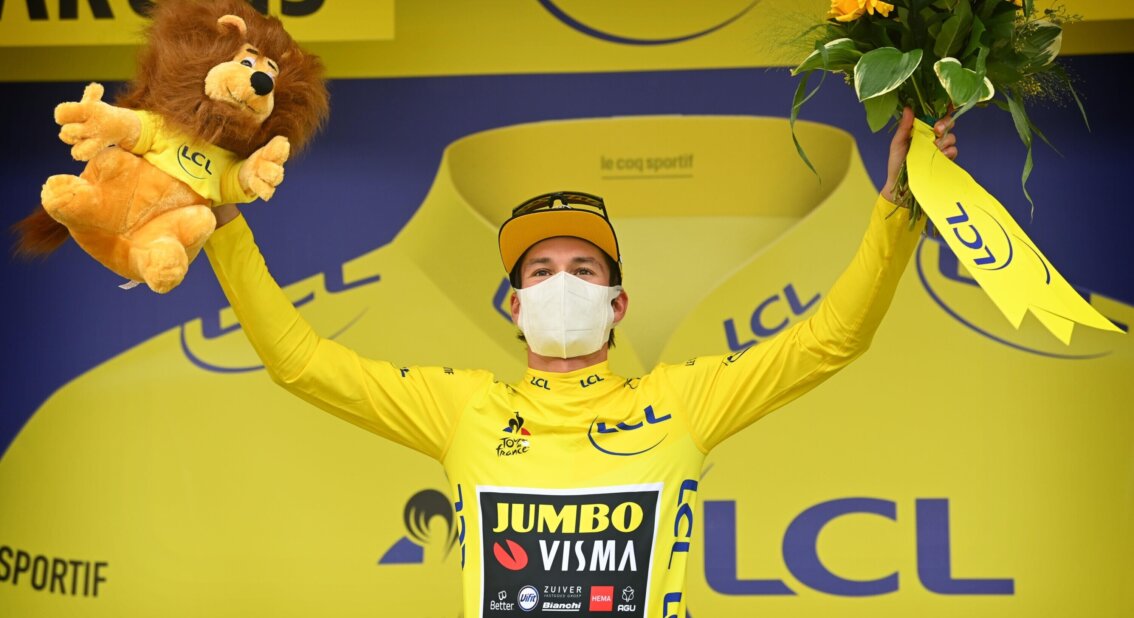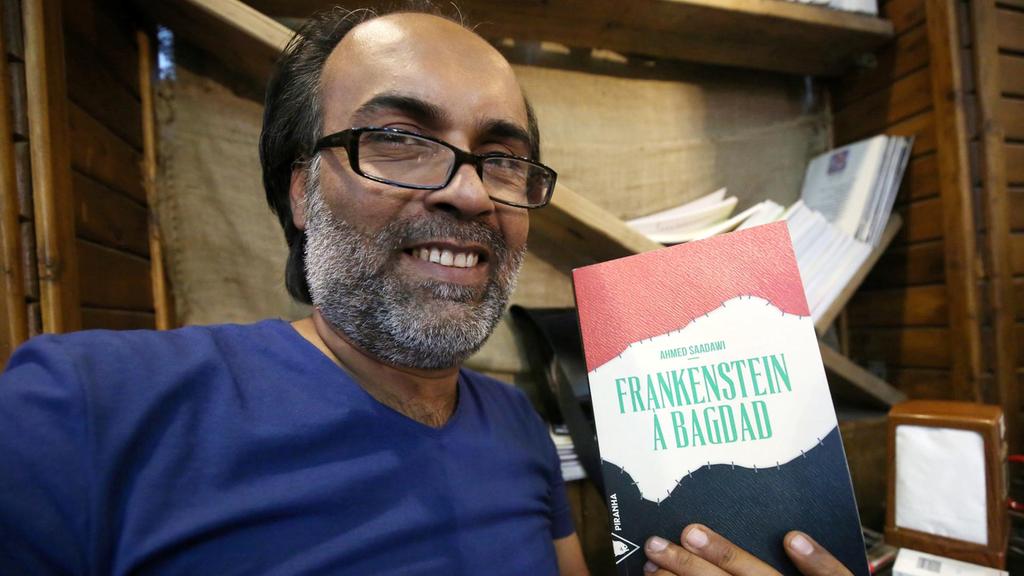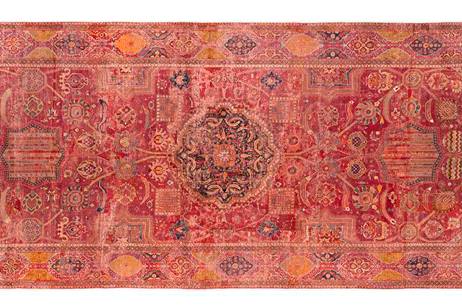
When Alexander Kristoff pulled on the first yellow jersey of this year’s delayed Tour de France, he called it a “dream come true”. The next day, as Julian Alaphilippe won on the Promenade Des Anglais (to hit the top of the standings again after 14 days in yellow last year), he still maintained it was “something special to be in yellow in the Tour”. The history, magic and meaning of this iconic jersey, which Peter Cossins explores in his latest book The Yellow Jersey, is something embedded in the psyche of everyone who strives to wear – or keep – it.
So much so, that when Adam Yates was draped in the maillot jaune by default three days later, after Alaphilippe of France was penalised for taking an illegal feed in the final 20km, he almost looked deflated. “I don’t think any rider would want to take the jersey like this,” he said. “I’d rather get it on the road, by taking time from my rivals rather than through a mistake.”
As it turned out, Yates did end up riding differently as he felt the weight of the jersey on his back. “I gave everything I could to hang on,” he admitted, before finally succumbing on the final climb in the Pyrenees. And as Cossins’ book – which recently won the Telegraph Sports Book Awards Cycling Book of The Year – highlights time and time again, there’s a strange power to the maillot jaune. Cedric Vasseur – who spent five days in yellow in 1997 – tells him, “you can do things when you’re in it that you would never ever imagine were possible”. The flip side, as Cyrille Guimard says, is that the yellow jersey “inflates the ego and thus diminishes sound thinking,” as it did when Thomas Voeckler tried to hold on to Alberto Contador’s wheel in 2004 and lost his podium hopes.
Cossins finds a brilliant description of what this alluring yet maddening jersey means from Tour winner Lucien Aimar.
“There is a magical side. Everyone is waiting for you. Well, not you in particular, but the yellow jersey. It’s like the sun coming up, God himself walking the earth… I was in another world, I was twenty-five and leader of the Tour de France. You don’t have a rational take on things in moments like that.”
Written to coincide with the 100th anniversary of the first yellow jersey, Cossins takes a tangential approach to his subject matter once he has dealt with the broad sweep of yellow jersey history. There’s a fascinating chapter on the etiquette and unwritten rules surrounding the wearer of the yellow jersey in the peloton, taking in behaviour bad and good.
The ‘colour of money’ chapter explores the maillot jaune as a brand – LCL director general Michel Matieu (whose company pays millions every year for their logo on le maillot jaune ) makes the salient point that the jersey is “emblematic of the tour, not the winner”. In the final pages of the book, Cossins reminds us again that former Tour director Jacques Goddet believed it was a jersey that belongs to no-one and everyone at the same time, making and evoking memories.
So even though the story of the yellow jersey does automatically become the story of the Tour in some ways, Cossins largely stays on top of his brief to focus on what le maillot jaune means. He also uses the 100th anniversary to take the temperature of the race and the sport, and to that end there’s a timely discussion of whether we’ll ever see a woman in yellow, in a Tour De France feminin. Cossins also explores how the dominance of Sky – now Ineos Grenadiers – gave an impression (to the French at least) that their analytical approach to racing ran roughshod over the history and legacy of the Tour and by extension the yellow jersey.
A La Walkowiak
How Sky came to “suppress the maillot jaune’s poetic aspect” is all subjective, of course. At the time of writing, there is another team, Jumbo Visma, appearing to use very similar tactics at the Tour, and they actually race in yellow jerseys all year long. But perhaps the yellow jersey is a romanticised set of contradictions anyway. Towards the end of the book, Cossins takes a look at the “Tour A La Walkowiak” designation, applied to races or winners seeming to lack panache and named after Roger Walkowiak’s win in 1956 without coming first on a single stage. He was initially highly praised, but partly because his career immediately petered out, the disparaging comments grew. And yet now, race director Christian Prudhomme actually seeks out a “Tour A La Walko”; a race that is packed with twists and turns and unpredictability as to the winner.
The Walkowiak chapter is one of the most memorable in the book, probably because to get the background Cossins went to speak to Antonin Rolland in a Saone-valley bike shop. Rolland was in yellow for 12 days of the 1955 Tour and there’s some lovely detail about that era, as well as the circumstances of Walkowiak’s win. More original insight like this would have been welcome; some of the stories can be familiar given there are a lot of references to biographies and histories from contemporary writers such as William Fotheringham, Edward Pickering, Richard Moore, Daniel Friebe et al. Pierre Carrey and Luca Endrizzi’s Secrets De Maillots Jaunes is another regular source – nothing wrong with good research but just sometimes it feels like The Yellow Jersey wears its influences a little too heavily on its le coq sportif-branded sleeve.
This is a minor quibble though for what is also a beautifully designed book. It’s not quite for the coffee table – the words are still very much key – but there’s an unusual marriage of archive imagery, memorabilia and graphical presentation (with a two column approach it has the feel of a very nicely put together magazine feature over 300 pages) which works spectacularly well.
It almost feels deliberate; just as the yellow jersey was first awarded because it would make the leading rider stand out for the crowds, so The Yellow Jersey really does stand out in an era of wonderful cycling writing.
A shortened version of this review appeared in The Observer in 2019.
Buy The Yellow Jersey (Yellow Jersey Press) from Waterstones now


